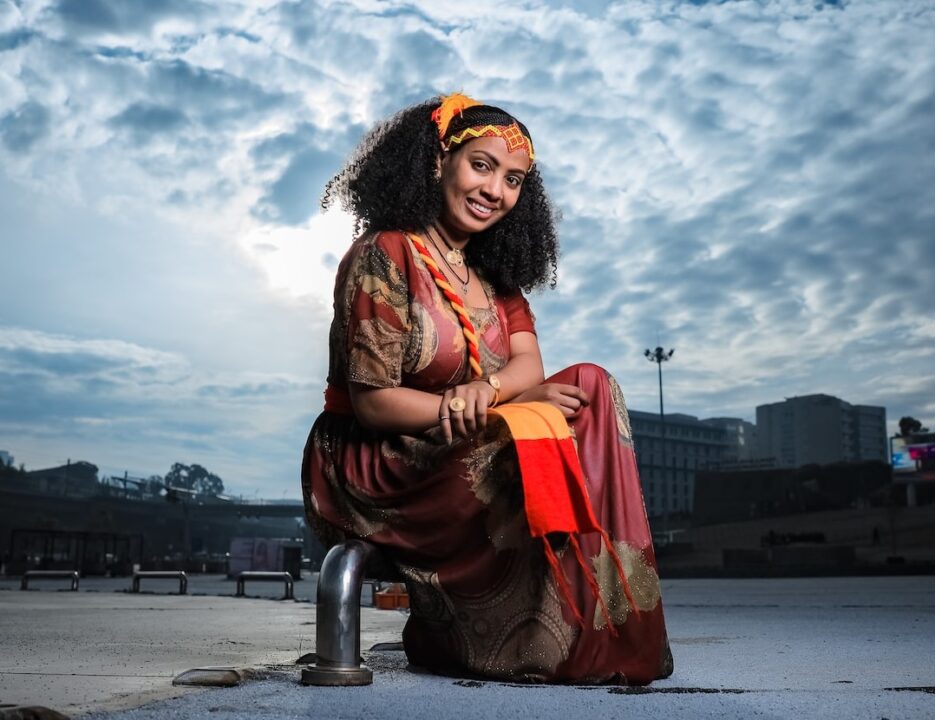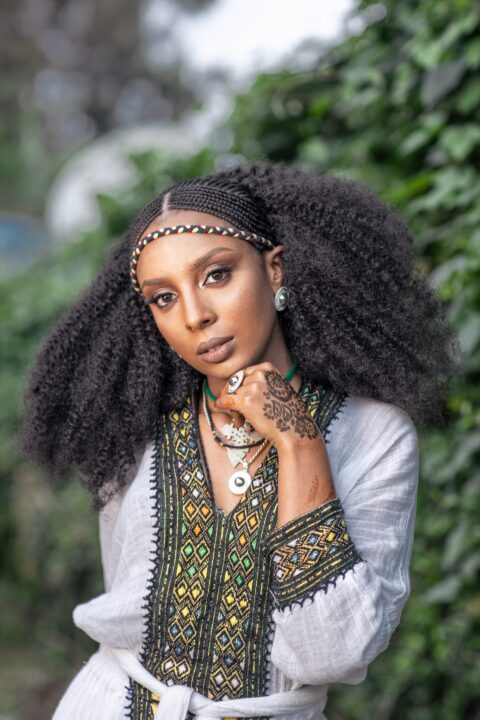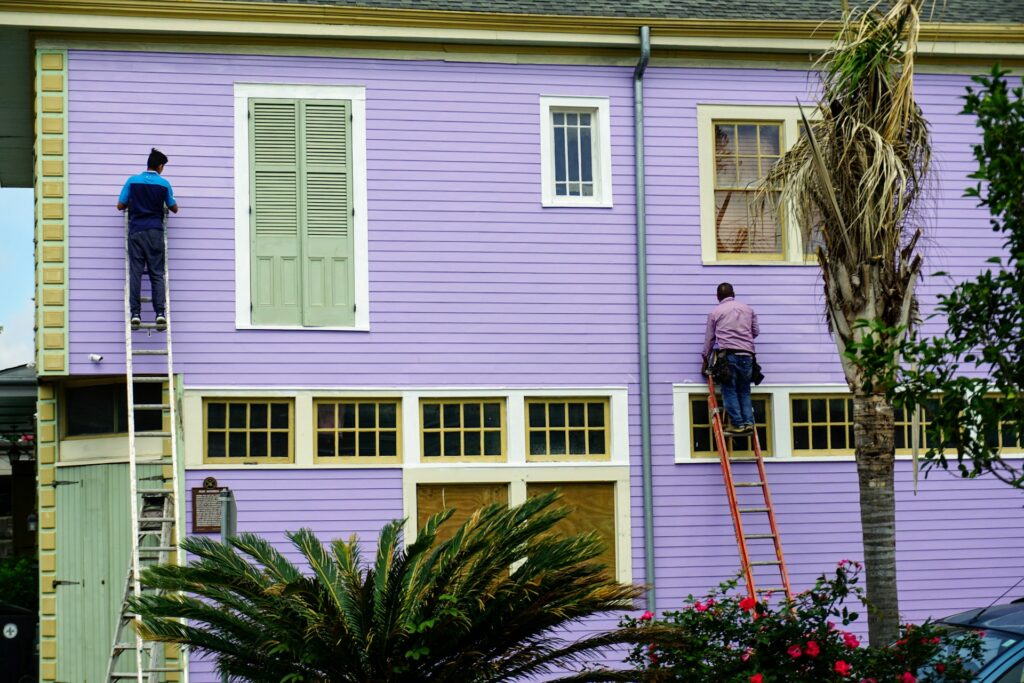Get ready to embark on a colorful, vibrant, and downright fabulous journey through the top 10 Ethiopian traditional dresses! We’re about to dive headfirst into a world where fashion meets culture and where style takes center stage in the most dazzling way possible. Buckle up, grab your stylish hat, and prepare to be blown away by these stunning Ethiopian garments.
Now, you might be wondering, What’s so special about traditional Ethiopian dresses? Well, they are a true embodiment of culture, history, and individuality. Each dress has its own unique story to tell, with mesmerizing patterns and colors that speak volumes about the rich heritage of Ethiopia. From the elegant and regal to the playful and vibrant, there’s a dress for every occasion, every mood, and every fabulous fashionista out there.
But here’s the best part: Ethiopian fashion isn’t just about following trends or sticking to conventional norms. Oh no! It’s about expressing yourself, celebrating life, and having an absolute blast while doing it. These dresses are like a burst of confetti, a splash of paint on a blank canvas, and a big ol’ party that never ends. So get ready to bring your dancing shoes, because we’re about to shimmy and shake our way through the top 10 Ethiopian traditional dresses like nobody’s watching!
Ethiopian traditional Dresses
1. The Majestic “Habesha Kemis”

Let’s kick off our fashion tour with the queen of all Ethiopian traditional dresses, the “Habesha Kemis.” This elegant, flowing dress is often made of white fabric and adorned with intricate patterns and embroidery. Ethiopian women typically wear it for special occasions like weddings, religious festivals, and cultural celebrations. The “Habesha Kemis” is a symbol of grace and femininity, and its loose, comfortable fit allows for ease of movement.
The dress can be accessorized with a “netela” (a shawl-like garment) draped over the shoulders and traditional Ethiopian jewelry, such as necklaces, bracelets, and earrings. Step into a world of elegance and sophistication with the “Habesha Kemis”! The Kemis cost about $189 on Amazon.
2. The Dazzling “Tigray Zuria”
The “Tigray Zuria’s” eye-catching patterns and vibrant colors are sure to astound you. This dress hails from the Tigray region and is known for its bold and beautiful designs. It features a form-fitting bodice and a flared skirt that accentuate the curves of the wearer. The “Tigray Zuria” is often made with handwoven cotton fabric and showcases intricate geometric patterns, often in contrasting colors.
It is a celebration of the rich cultural heritage of the Tigray people and is worn during festive occasions, such as weddings and cultural festivals. The dress is typically paired with traditional jewelry and accessories, such as beaded necklaces, bracelets, and a headpiece called “mezgebeya.”
3. The Vibrant “Oromo Kitenge”

If you’re ready to embrace your playful side, the “Oromo Kitenge” is the dress for you. Bursting with bright colors, geometric patterns, and joyful energy, this dress embodies the spirit of celebration and happiness. It is made from colorful, printed fabric called “kitenge” and features a loose, comfortable fit. The “Oromo Kitenge” is perfect for outdoor events, parties, and casual gatherings. You can accessorize it with beaded jewelry, a wide-brimmed hat, and a pair of stylish sandals. Dance, laugh, and twirl your way through life with the vibrant “Oromo Kitenge”!
4. The Bold “Afar Guntiino”
Time to turn up the heat with the bold and fiery “Afar Guntiino.” The Afar people wear this dress, which features vibrant red and orange hues that stand for fervor and strength. The “Afar Guntiino” features a form-fitting design with a long, slim-fitting skirt and a matching top.
The dress is often made from colorful cotton fabric and is adorned with intricate patterns and beadwork. It is typically worn during weddings, cultural festivals, and other special occasions. Complete your look with statement jewelry, such as chunky necklaces and earrings, and let your fiery spirit shine through with the bold “Afar Guntiino”!
5. The Enchanting “Amhara Kemis”

“Amhara Kemis” will captivate you. This dress is characterized by its delicate embroidery, fine details, and intricate lacework. It symbolizes femininity and elegance and is traditionally worn by Amhara women. The “Amhara Kemis” typically features long sleeves, a flowing skirt, and a fitted bodice.
The fabric is often made from hand-spun cotton and is adorned with colorful threads and motifs. This dress is perfect for formal occasions, cultural ceremonies, and religious celebrations. Pair it with traditional Ethiopian jewelry, such as silver necklaces, bracelets, and anklets, for a truly enchanting look.
6. The Serene “Sidama Shemma”
For those who appreciate the beauty of simplicity, the “Sidama Shemma” is a serene and timeless choice. Made from pure white cotton, this dress is distinguished by its clean lines and understated elegance. It is typically worn by women from the Sidama region and is a symbol of purity and grace.
The “Sidama Shemma” features a loose-fitting blouse with wide sleeves and a wrap-around skirt that is secured with a sash. This dress can be accessorized with delicate silver jewelry, such as filigree earrings and bangles. Embrace the serenity of the “Sidama Shemma” and exude effortless beauty wherever you go.
7. The Vibrant “Gurage Netela”

Get ready to embrace a burst of color with the vibrant “Gurage Netela.” This dress, hailing from the Gurage region, features a dazzling array of hues and patterns. The “Gurage Netela” is made from a lightweight, sheer fabric called “netela,” which is traditionally handwoven from cotton. It is worn as a wrap-around garment, with one end draped over the shoulder or around the waist. The dress is known for its vibrant colors, intricate designs, and delicate embroidery.
It is often worn during cultural celebrations, weddings, and religious ceremonies. Add a touch of glamour with beaded necklaces, colorful headscarves, and a smile that matches the vibrant spirit of the “Gurage Netela”!
Shop for Traditional Ethiopian Clothes
8. The Exquisite “Benishangul Gumuz Wollo”
If you’re looking for a dress that’s as unique as you are, the “Benishangul Gumuz Wollo” is the answer. This dress stands out with its striking combination of colors and intricate beadwork. It is traditionally worn by women from the Benishangul Gumuz region and is a symbol of cultural pride.
The “Benishangul Gumuz Wollo” features a fitted bodice, a flared skirt, and a distinctive headpiece adorned with beads and feathers. The dress is often made from handwoven fabric and showcases intricate patterns inspired by nature. Make a bold statement with this exquisite attire and let your individuality shine through with the “Benishangul Gumuz Wollo”!
9. The Regal “Gambella Mursi”
Channel your inner queen with the regal “Gambella Mursi” dress. Known for its bold patterns and distinctive headpiece, this dress exudes power and confidence. It is traditionally worn by women from the Gambella region, particularly the Mursi tribe. The “Gambella Mursi” dress features a wrap-around skirt made from animal skin or colorful fabric, adorned with intricate beadwork and shells.
It is complemented by a headpiece made from natural materials, such as feathers and beads. This dress is a true fashion statement that demands attention and respect.
Shop for Traditional Ethiopian Dresses
10. The Charming “Harari Sufi”

Our fashion tour concludes with the charming “Harari Sufi.” This Ethiopian traditional dress, originating from the Harari region, captivates with its delicate embroidery and soft colors. It is typically made from silk or satin fabric, lending it a luxurious and graceful touch.
The “Harari Sufi” features a fitted bodice, a flared skirt, and intricate patterns that showcase the artistry of Harari craftsmanship. This Ethiopian traditional dress is perfect for special occasions, cultural events, or simply when you want to feel like a princess.
Ancient Origins of Ethiopian Traditional Dress: A Testament to Time
The roots of Ethiopian traditional dress can be traced back to ancient times, where clothing was not only a practical necessity but also a symbol of social status, identity, and cultural heritage. As far back as the Axumite Empire, which thrived from the 1st to the 7th century, clothing played a significant role in Ethiopian society.
During this era, intricate fabrics and designs emerged, showcasing the artistry and skill of Ethiopian weavers. Garments made from hand-spun cotton and silk were adorned with vibrant colors, ornate patterns, and symbolic motifs. The elite classes often donned luxurious robes, while the common people embraced more modest yet equally beautiful attire.
Regional Diversity of Traditional Ethiopian Dresses
One of the most captivating aspects of Ethiopian traditional dress is its regional diversity. Each region boasts its own unique style, patterns, and materials, reflecting the distinct cultural identities within Ethiopia.
In the northern parts of Ethiopia, the “Habesha Kemis” reigns supreme. This dress has its roots in the ancient Aksumite civilization and is characterized by its flowing silhouette, intricate embroidery, and vibrant color combinations. It remains a symbol of Ethiopian cultural pride and is often worn during religious ceremonies, weddings, and festivals.
Venturing south, we encounter the “Oromo Kitenge,” a playful and vibrant ensemble. Made from colorful cotton fabric, the “Oromo Kitenge” features eye-catching patterns and is a testament to the creativity and vivacity of the Oromo people. It is a celebration of life, community, and the rich heritage of the region.
Other regions, such as the Amhara, Afar, Sidama, and Gurage, each have their own unique traditional dresses, with their own distinct patterns, colors, and designs. From the bold and fiery “Afar Guntiino” to the serene and pure “Sidama Shemma,” these dresses weave together the threads of history, culture, and regional identity.
Symbolism and Tradition: More Than Meets the Eye
Ethiopian traditional dress is not merely an aesthetic expression but also a carrier of deep symbolism and tradition. Colors hold significant meaning, with white representing purity and peace, red symbolizing strength and passion, and vibrant combinations signifying joy and celebration.
In addition to colors, the patterns and motifs found on these dresses often carry stories and cultural significance. Traditional symbols, such as crosses, geometric shapes, and natural elements, are woven into the fabric, connecting the wearer to their roots, ancestors, and spiritual beliefs.
Preserving Heritage: The Modern-day Impact
In the face of modernization and globalization, the appreciation and preservation of Ethiopian traditional dress have become more important than ever. Efforts are being made to promote and revive traditional weaving techniques, empower local artisans, and showcase the beauty of Ethiopian fashion to the world.
Ethiopian designers are merging traditional elements with contemporary styles, creating a fusion that bridges the gap between the past and the present. These innovative creations allow the traditions of Ethiopian dress to evolve while maintaining their cultural integrity.
A Timeless Legacy: Embracing the Future
Ethiopian traditional dress is not bound by time but rather evolves and adapts while honoring its rich historical roots. It is a testament to the resilience, creativity, and cultural pride of the Ethiopian people.
As we don these stunning garments, we become part of a narrative that spans generations. We embrace the stories, the diversity, and the enduring beauty of Ethiopian fashion. Each thread woven into these dresses serves as a connection to the past, a celebration of the present, and a legacy for the future.
Materials and Colors
The fabric of Ethiopian traditional dress is as diverse as the country itself. From the softness of cotton to the regal allure of silk, various materials find their place in this realm of fashion. Each fabric carries its own story, symbolizing the rich heritage of Ethiopian culture. Furthermore, colors play a significant role in traditional dress, with each hue carrying its own symbolic meaning. So, don your favorite shade and let it speak volumes about your personality.
Embellishments and Accessories
If you think Ethiopian traditional dress is all about the fabric, think again! The true magic lies in the intricate embellishments and accessories. Delicate beadwork, vibrant embroidery, and stunning patterns grace the traditional garments, adding a touch of elegance and glamour. To complete the look, traditional accessories like shawls, scarves, and jewelry play an important role, bringing an extra sparkle to the ensemble.
Last Words: Rocking Fashion, the Ethiopian Way

Ethiopian traditional dresses are not just pieces of clothing; they are expressions of culture, history, and individuality. Each dress tells a unique story and carries the vibrant spirit of Ethiopia within its seams. From the majestic “Habesha Kemis” to the charming “Harari Sufi,” there is a dress for every taste and occasion.
Embrace the joy, the colors, and the cultural richness that these dresses represent. Let your fashion sense dance with fun and excitement as you explore the world of traditional Ethiopian dresses. And remember, fashion is all about celebrating your unique style and having a blast while doing it!
FAQs About Ethiopian Traditional Dress
Can I wear traditional Ethiopian dresses for everyday fashion?
Absolutely! While traditional dresses are often associated with special occasions, there’s no reason you can’t incorporate elements of Ethiopian fashion into your everyday style. Mix and match traditional pieces with modern outfits to create a unique and eclectic look that reflects your love for Ethiopian culture.
Where can I find traditional Ethiopian dresses?
Traditional Ethiopian dresses can be found in local markets, boutiques, and online platforms that specialize in Ethiopian fashion. Exploring these options will allow you to discover a wide range of styles and connect with local artisans who create these beautiful garments.
Are traditional Ethiopian dresses only for women?
While traditional dresses are more commonly associated with women’s fashion, there are also traditional garments available for men. Men can explore options such as the “Netela” or the “Gabi” to embrace Ethiopian fashion and showcase their cultural pride.
Can I customize or personalize my traditional Ethiopian dress?
Absolutely! Many artisans offer customization options for traditional Ethiopian dresses. From choosing specific colors and patterns to adding personalized details, customization allows you to create a dress that truly reflects your unique style and personality.
Do traditional Ethiopian dresses have any specific cultural meanings or symbols?
Yes, traditional Ethiopian dresses often carry symbolic meanings. Colors, patterns, and motifs can represent cultural values, stories, or even regional identities. Exploring the symbolism behind different dresses adds an extra layer of depth and appreciation to these beautiful garments.




